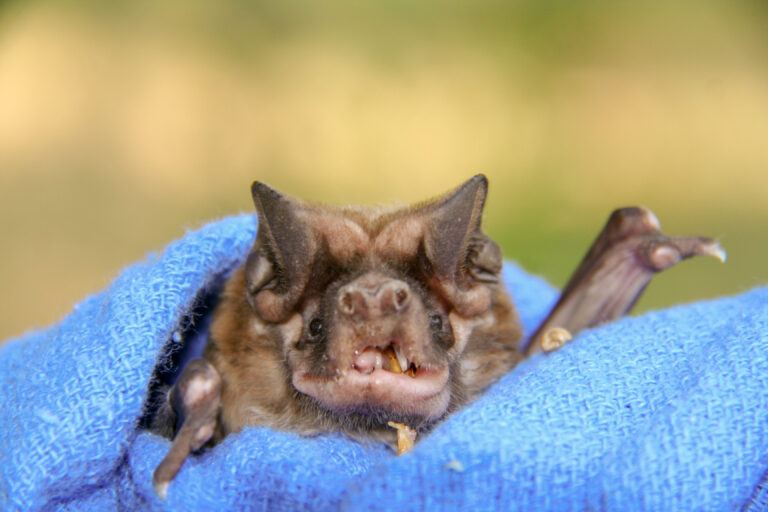Legacy Post Disclaimer
This is a #Legacy post imported from The Apalachicola Time’s previous platform. If you’re experiencing issues with this article, please email us at news@nevespublishing.com.
Wondrous colors mark seasons progression
For those with any level of visual acuity, December is overwhelmingly a colorful month. Holiday lights, decorations and merchandising efforts all vie to use the most conspicuous and unavoidable selections of shades, many of which cannot be found in nature.
Fortunately, Franklin and Gulf counties have many wondrous colors in the leaves of plants and trees which indicate this season at its best. The tone and shade identifies the plant species and the season’s progression.
While there is still plenty of green being produced by pines and palms, the deciduous plants are displaying reds, yellows, purples and browns. Deciduous plants are those which lose their leaves in winter.
Leaves are green because of the chemical pigment chlorophyll, which is plentiful in summer and the dominant compound. It is critical to plant’s health and growth during the warmer months.
Trees and plants produce and utilize chlorophyll throughout the growing season. The robust green coloration is a sign it is healthy and functioning to its fullest capacity.
Chlorophyll is the chemical catalyst which converts energy from the sun and nutrients into sugars which the plant or tree uses to grow and reproduce. This natural substance dictates the appearance of the leaf during the growing season, but the foliage’s chemistry is far more complex than a single compound.
As summer passes into fall, the cooler temperatures and waning hours of light each day cause plants to constrict their veins and lowers the availability of chlorophyll. The plants vascular system which carries fluids into and out of the leaves is gradually closed off by a membrane layer at the base of each leaf.
As the seasonal transition progresses leaf veins will remain green as the other leaf tissues change color. The color and intensity depend on the species of tree or plant.
Carotenoids, which reveal their presence by orange and yellow hues, appear gradually. Hickories and pecans, which are in the Carya genus, have distinctive yellow leaves.
The reds and purples come from another pigment group called anthocyanins which reside in the cells. This chemical compound develops in the leaves’ sap.
These pigments are not present in the leaf during much of the growing season, but are rapidly produced in August and September. The amount and intensity of the reds and purples in leaves depends on a combination of environmental factors.
The breakdown of sugars, the intensity and duration of sunlight and the level at which phosphate declines in the leaf combine to produce a nearly infinite number of shade and hue possibilities.
The brightest colorations commonly occur when the fall days are bright and cool, and the nights are cold but not below freezing. Sweet gums, Florida maples and dogwoods all have red to maroon range leaves.
Both creeper and poison ivy are bright cherry red during the waning days of autumn. Sometimes with the loss of leaves, it is difficult to tell the two species apart.
Unfortunately for anyone who physically contacts poison ivy leaves, red or green, they prove to be equally itchy. While the season may change the color, the result, in this case are just as uncomfortable.
With the passing of 2020 into the history books, the polychromatic leaves and holiday decorations will mostly come down. Luckily, only the county’s holiday adornments must be packed away until next late next year.
To learn more about this seasonal tree show from Carrabelle to Wewahitchka, contact the nearest UF/IFAS County Extension Office or visit sfyl.ifas.ufl.edu/find-your-local-office. To read more stories by Les Harrison visit: Outdoorauthor.com and follow me on Facebook.
This article originally appeared on The Apalachicola Times: Wondrous colors mark seasons progression




Meet the Editor
David Adlerstein, The Apalachicola Times’ digital editor, started with the news outlet in January 2002 as a reporter.
Prior to then, David Adlerstein began as a newspaperman with a small Boston weekly, after graduating magna cum laude from Brandeis University in Waltham, Massachusetts. He later edited the weekly Bellville Times, and as business reporter for the daily Marion Star, both not far from his hometown of Columbus, Ohio.
In 1995, he moved to South Florida, and worked as a business reporter and editor of Medical Business newspaper. In Jan. 2002, he began with the Apalachicola Times, first as reporter and later as editor, and in Oct. 2020, also began editing the Port St. Joe Star.